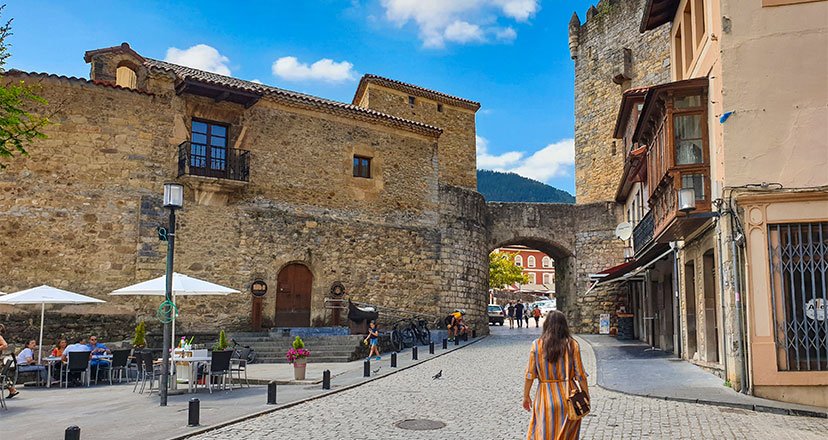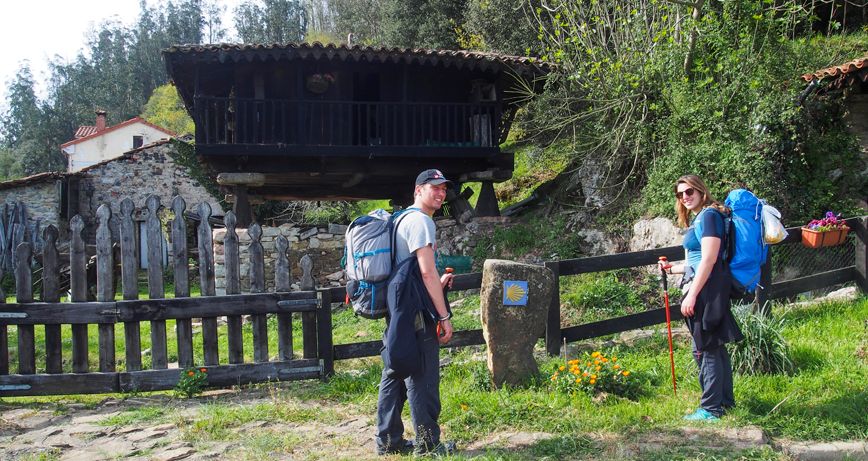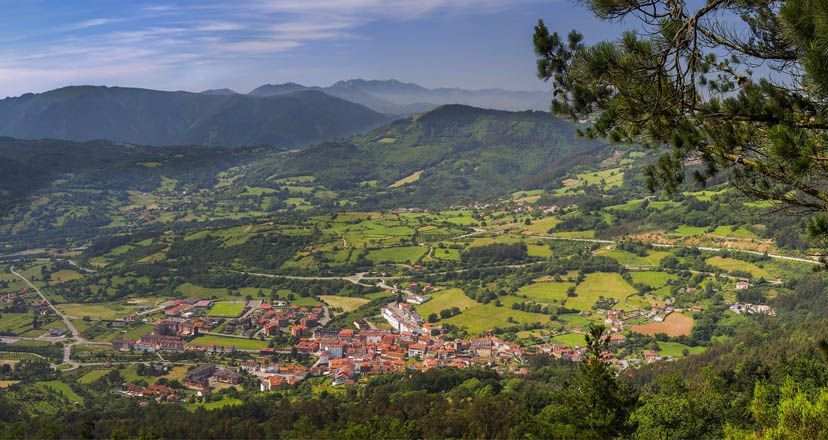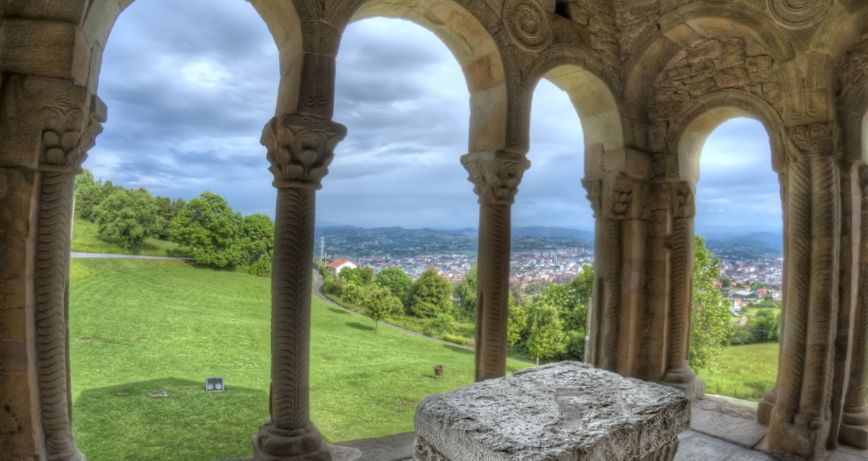Back Unforgettable images of the Primitive Way in Asturias
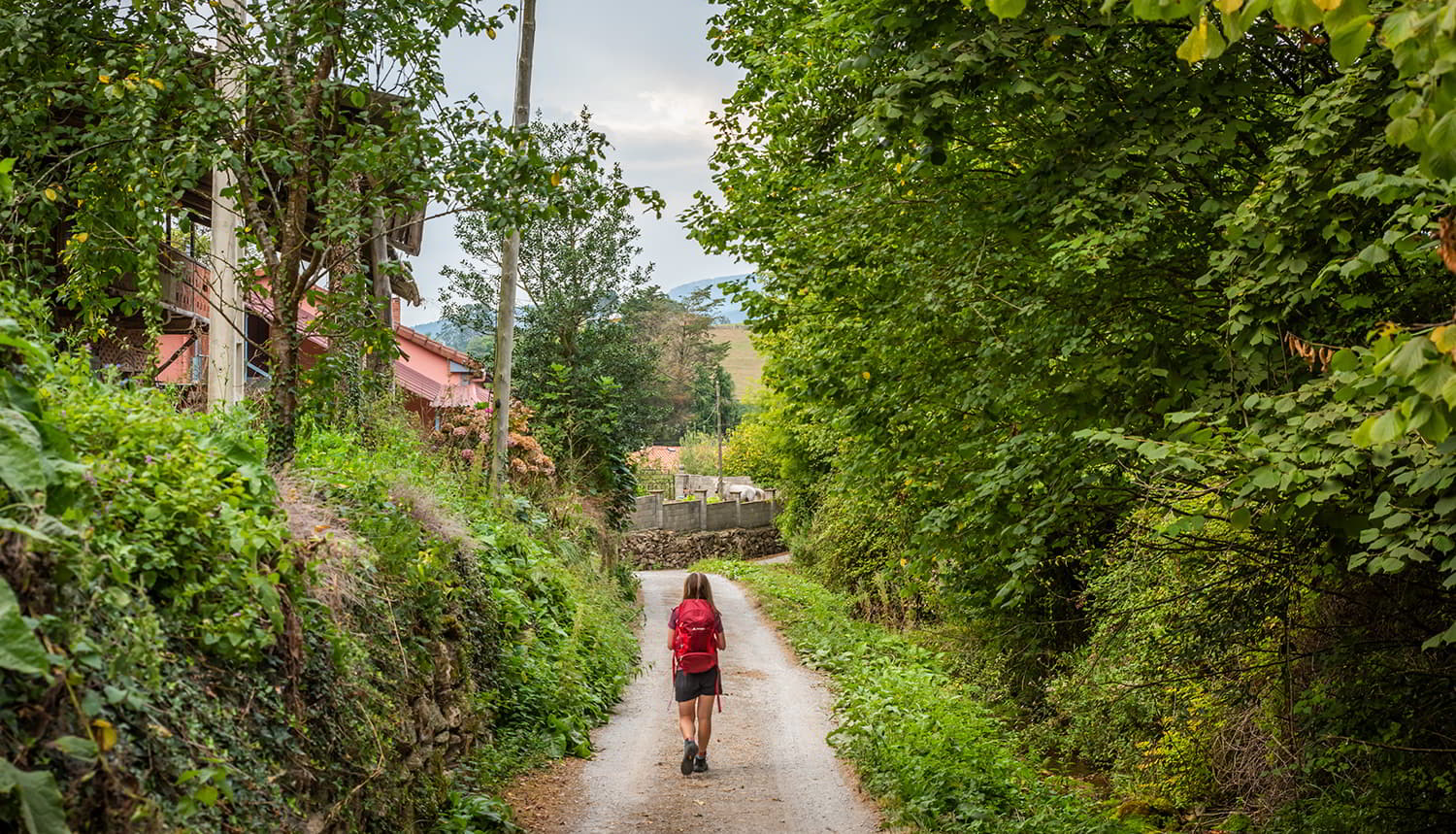
The best pictures of the Primitive Way in Asturias
Oviedo/Uviéu, the capital of Asturias, is the birthplace of the Way of St. James. The Primitive Way, laid out by King Alfonso II, offers incredible views, heirs to a utopia that is more than a thousand years old.
It is perhaps one of the greatest spiritual creations in the History of Humanity. The utopia of an Asturian monarch, born in Oviedo/Uviéu, and called Alfonso II, has been seducing people of all latitudes and cultures for more than a thousand years.
It is the Way of St. James or Jacobean Route. Alfonso II conceived it, and it is said that he was the first to walk it to Campus Stellae, today Santiago de Compostela.
The route he followed gave rise to the first of all the Pilgrims' Roads to Santiago de Compostela, and is therefore known as the Primitive Way.
Since that distant 9th century, thousands and thousands of people have been captivated by the magnetism and seduction of that itinerary designed by the Asturian monarch who turned Oviedo/Uviéu into the capital of the Kingdom of Asturias.
Many are the images that will leave in your retina this Primitive Way, in the different territories through which it passes: Oviedo, Las Regueras, Grado, Salas, Tineo, Allande and Grandas de Salime.
Let's start a very visual journey through some of them!
Oviedo, the Alpha and the Omega
Oviedo/Uviéu, capital of Asturias since the reign of Alfonso II, is a true alpha and omega of the Primitive Way. It is the beginning of this marvellous story, and also the end, because without Alfonso, without Oviedo/Uviéu and without Asturias, none of this would have existed.

The Camino de Santiago is a continuum of emotions that, whatever you do, and wherever you start, always passes through Oviedo/Uviéu, and if this is not the case, the route loses part of its original essence.
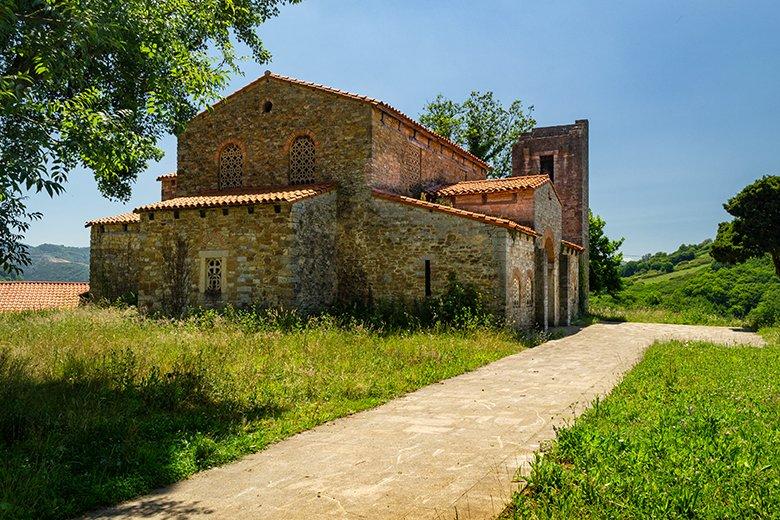
Very close to Oviedo/Uviéu is one of those unexpected and rather unknown jewels: the pre-Romanesque church of Santa María de Bendones, whose construction dates back to the reign of Alfonso II. It is a real jewel located in the quiet village that gives it its name, just a few kilometres from the Asturian capital.
Las Regueras or Jacobean simplicity
Bordering Oviedo, Las Regueras is a council of great natural beauty, where, between the hospitality of its people and the tranquillity of rural life, you will feel at home.
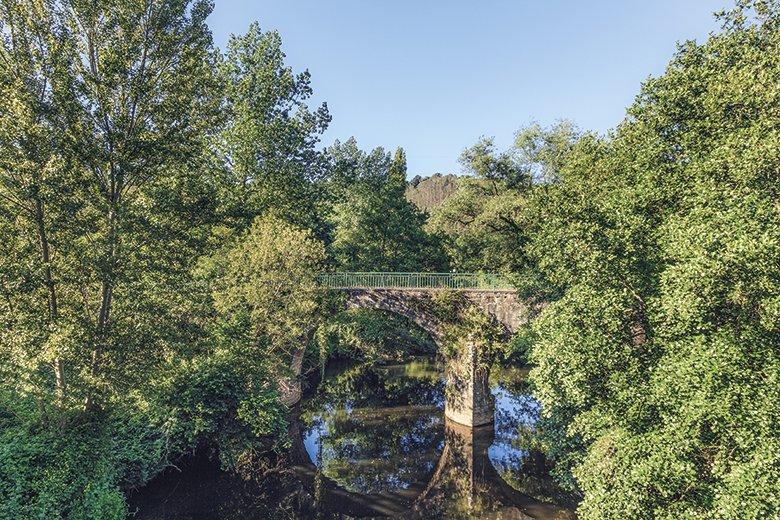
Puente Gallegos is the link between both councils - Oviedo and Las Regueras -, and why not say it, a place with magic, where the river Nora flows calmly, and the lush vegetation of the banks is reflected in the water, composing an almost pictorial scene.
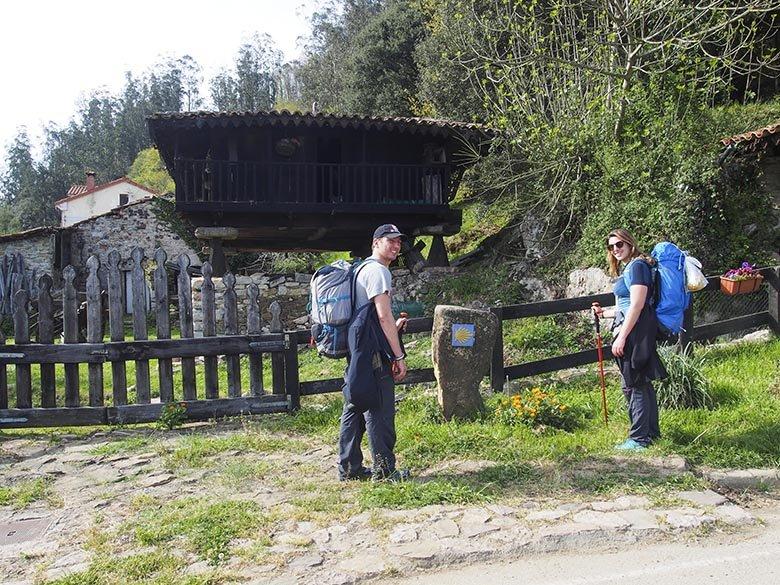
Once you enter Las Regueras you will understand the concept of Jacobean simplicity: peaceful villages, charming chapels such as those of Premoñu or Valsera, friendly places, and even a Roman baths - those of Valdunu -.
And of course, a marvellous natural environment, very different from anything else you see, such as the meanders of the Nora.
Grado, a market and a sanctuary on the Camino
The council of Grado is one of those places in the world with a special stamp. Everything here is genuine and authentic, and some traditions have their roots in Asturian ancestry.
The capital of the council, also known as the town of Moscona, has been a great commercial centre since the Middle Ages, and a crossroads of roads, some dating back to Roman times, and others as universal as the Pilgrim's Way to Santiago de Compostela.
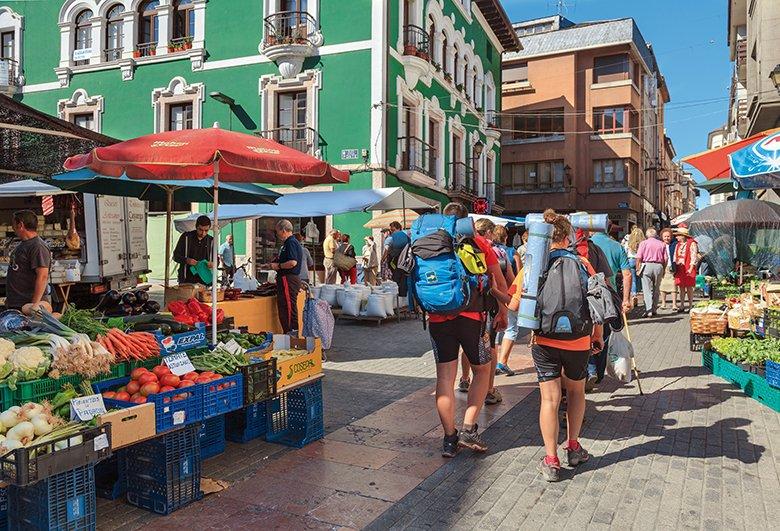
The town also has one of the oldest markets in Asturias, which is held on Wednesdays and Sundays, and where it is easy to see pictures of pilgrims on their way to Santiago de Compostela, who swarm among locals and foreigners, the latter coming from different destinations for this lively weekly event.
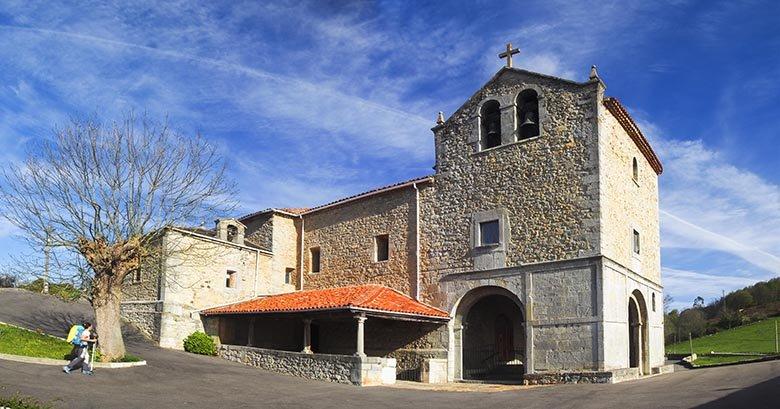
When you set off again, the Sanctuary of the Virgen del Fresno, one of the most important devotions in the whole of central Asturias and a reference point for pilgrims on their way to Santiago de Compostela, who often mingle with the locals...
Salas, the great noble site of the Primitive Way
Located on the Primitive Way, halfway between Grado and Salas, you will find one of the most outstanding Romanesque and Baroque jewels of Asturian architecture: the Monastery of San Salvador de Cornellana.
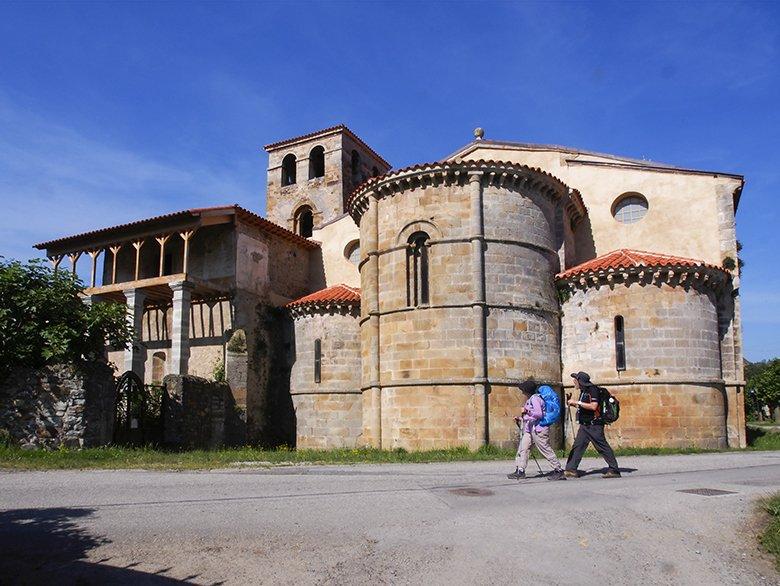
This thousand-year-old monument in Salamanca is much more than a historic building that is a World Heritage Site. And without going any further, this is demonstrated by the fascination it holds for pilgrims and visitors who, moreover, are enraptured by its legend, which goes like this: One of the sons of the Lords of the Doriga, in an unspecified year, was kidnapped by a bear, which ran down the valley across the river Narcea. After desperately searching for the child, one of the lads found the bear with the child suckling under her belly. The child is brought safe and sound to his parents, who order a church to be built in honour of San Salvador and carve in stone the scene of the child suckling the bear...
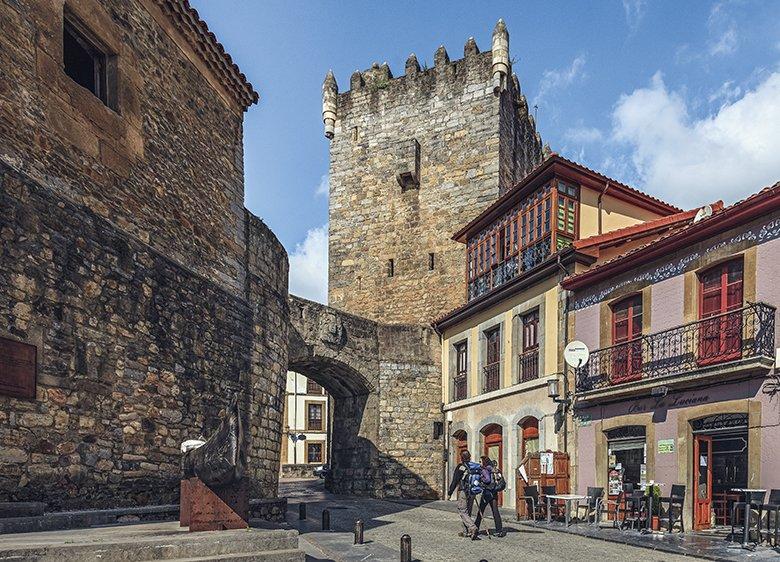
And so, amidst a halo of millenary legend, you will reach the town of Salas, a noble site with a castle and collegiate church, and the birthplace of Fernando de Valdés Salas, a personage who holds the honour, among others, of being the founder of the University of Oviedo.
In the council of Salas there are also other sights not to be missed: the church of San Martín de Salas and its ancient yew tree; the Sanctuary of the Virgen del Viso, and the waterfall of the river Nonaya, almost at the foot of the Pilgrim's Way to Santiago, where many pilgrims come to refresh themselves.
Tineo, under the influence of San Roque
In the council of Tineo the Way of St. James passes under the influence of San Roque, since you will enter the capital town through its upper part, and you will pass right next to the chapel and field dedicated to this charismatic Saint.
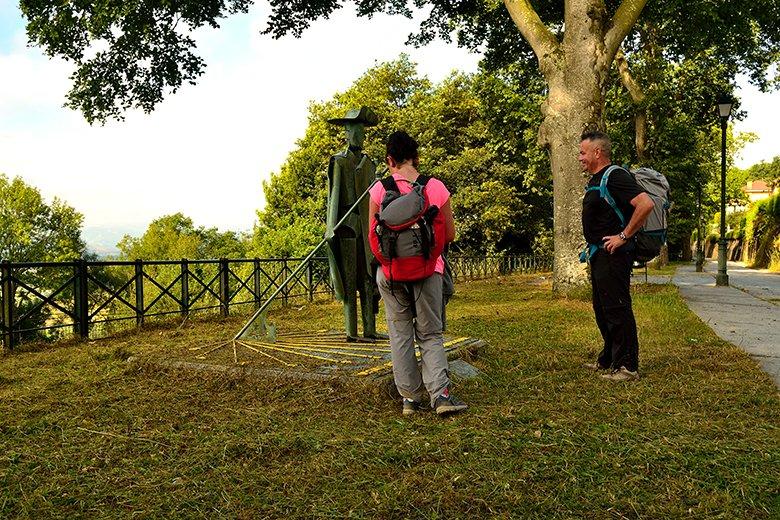
The capital of Tinetense breathes Jacobean atmosphere on all four sides, and the first thing pilgrims find is a beautiful sculpture dedicated to them. In addition, the historic centre of the town is a continuous cultural discovery, and when you return to the route, fountains and signs will accompany you to wish you ¡Buen Camino!
The council of Tineo also offers excellent panoramic views, and there you will also find another of the great historical and cultural landmarks of the Pilgrim's Way in Asturias: the Monastery of Obona.
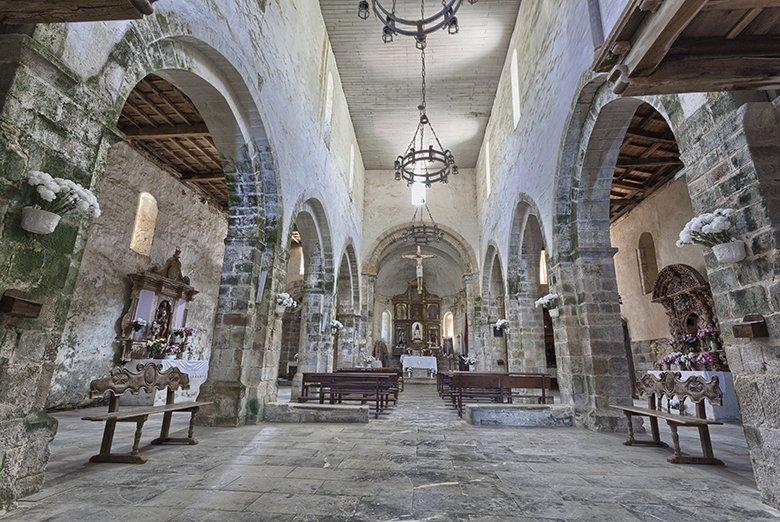
Santa María la Real de Obona has a curious history: it is believed that the primitive temple, which was located on the site of the current monastery, was founded by Prince Adelgaster, the bastard son of King Silo around the year 780.
Be that as it may, the monastery, built in Romanesque style and following the parameters of the Cistercian Order, was a great centre of economic and cultural power, and a reference point for all the pilgrims on the Primitive Way, who for centuries were helped and assisted by the monks...
Allande, land of Jacobean legends
The Way of St. James in Allande predates the founding of the town of Pola de Allande, today the capital of the council.
And although in this municipality, the Way forks into two branches, here we will take the one that passes through the town, due to the cultural interest of this capital of western Asturias.
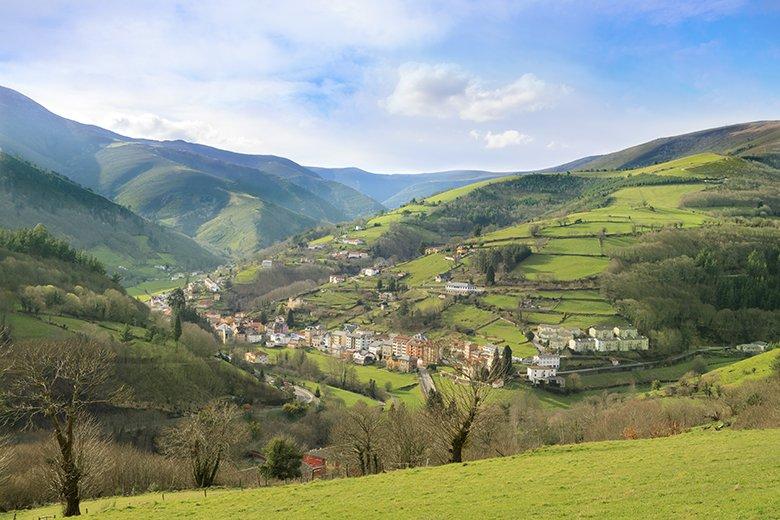
La Pola is a friendly and harmonious place as a whole, both for the warmth of its people and for the power of its architecture, which reveals reminiscences of the Indians from overseas, and also of a notable local bourgeoisie, made up especially of traders and stockbreeders, and of course, traditional hoteliers. It also has significant medieval remains such as the Palace of the Counts of Peñalva.
The pilgrim does not feel like a foreigner in the town, but soon gets a taste of the atmosphere of its terraces and the walk along the river, and makes a great rest for the hardness of the pilgrimage that still awaits him before reaching Santiago de Compostela.
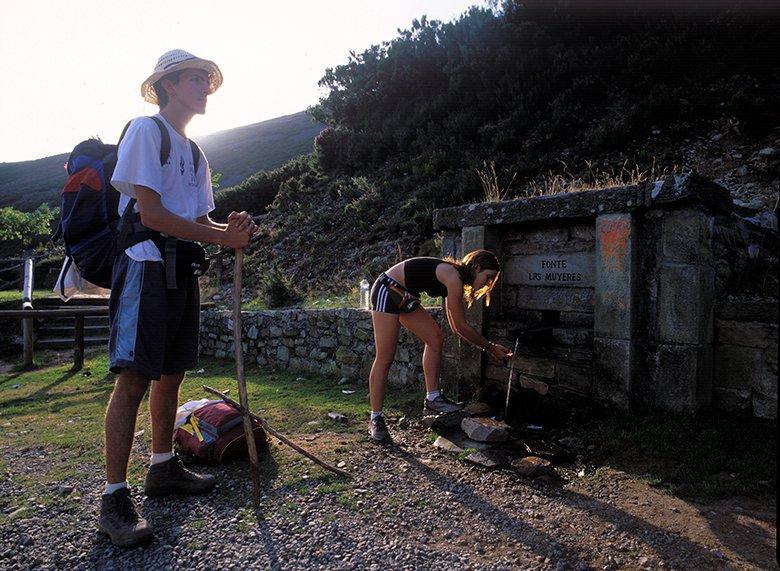
In this prelude to the Puerto del Palo, the pilgrims begin to become aware of the great mountain challenge they are going to face, and that on the Camino, as they pass, they will leave legends, Roman gold mines and remains of pilgrims' hospitals, as if it were a double journey: to the past of a historical devotion and to the present of their wandering ...
Grandas de Salime, a farewell to Asturias
Grandas de Salime is the last great territory of the Primitive Way in Asturias. It will be your farewell and also your "see you soon", because no doubt you will want to return.
In fact, the Primitive Way is one of the most repeated by pilgrims and they never tire of it... There is some magic in this invention of the Asturian king, monk and thinker who went down in history as Alfonso II.
In the municipality of Grandas there are some very interesting places, such as its reservoir, with a large dam, and the remains of a village called A Paicega, which was the home of those who built it in the mid-20th century.
You will also find castreño settlements such as Chao Samartín, which will give you an idea of the antiquity of this culture and its philosophy of life.
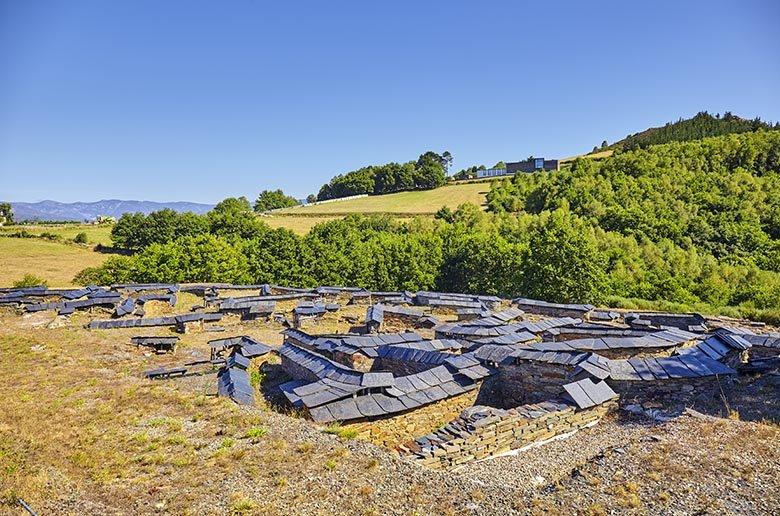
In the capital of the council, which bears the same name, you will enjoy one of the largest ethnographic reserves in Europe, with centuries of rural culture before your eyes. You won't want to leave Grandas, its Ethnographic Museum or Asturias. Its imposing collegiate church will also attract your attention.
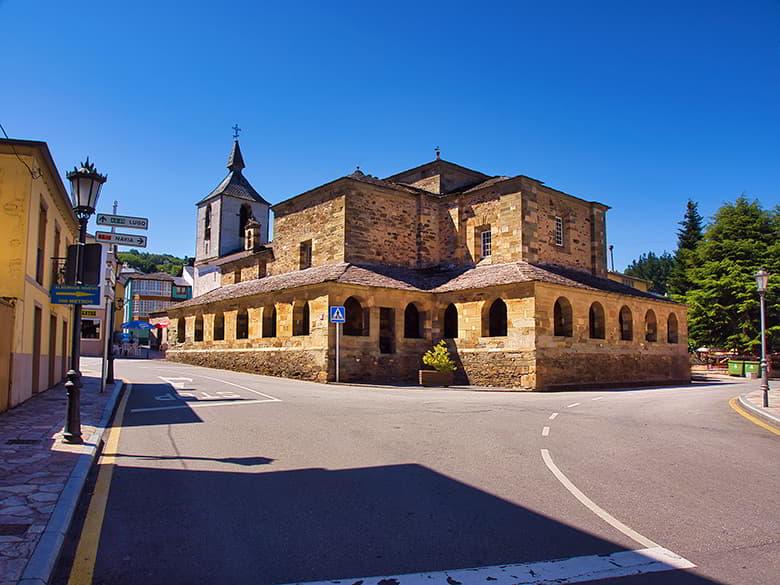
And so, among so many wonders, you will say goodbye to the Asturian part of the Camino Primitivo.
Have a good Camino!
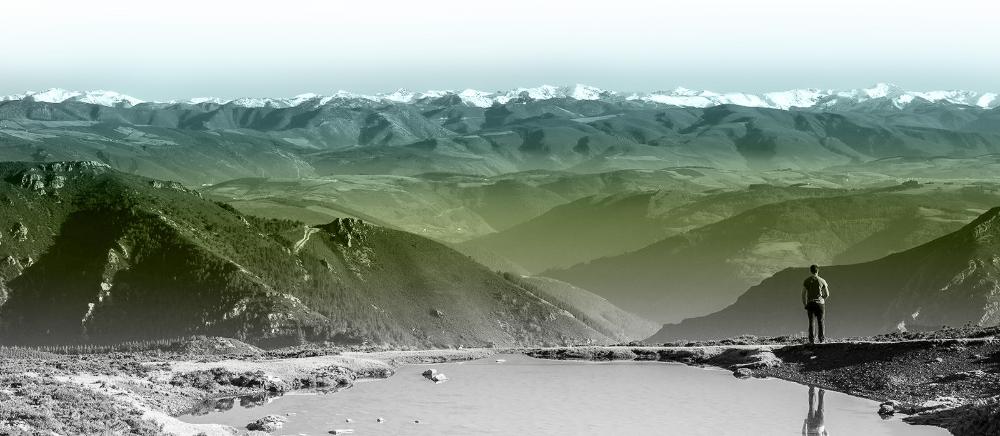
Subscribe to our newsletter and take advantage of offers, discounts, and news
Subscribe

